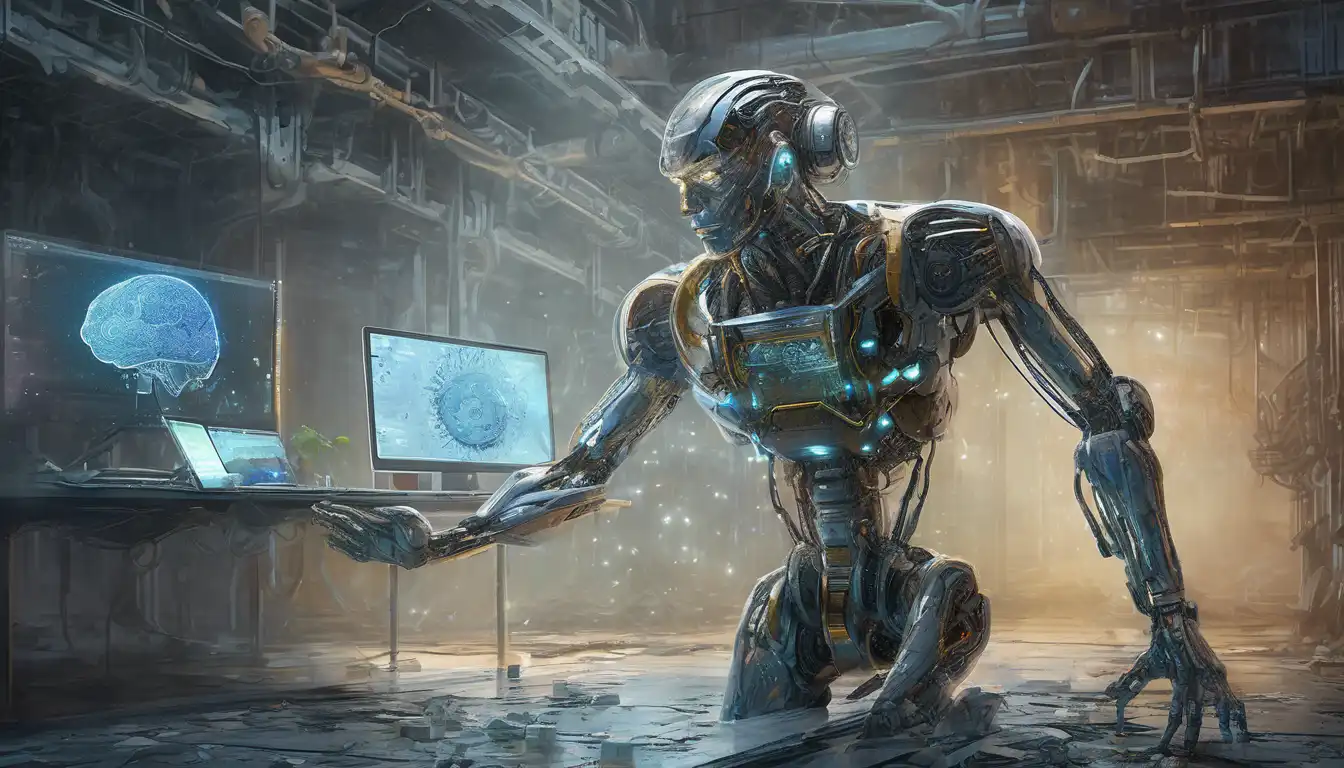Introduction to Artificial Intelligence
Artificial Intelligence (AI) has become a cornerstone of modern technology, influencing everything from how we shop to how we work. Despite its widespread application, numerous myths persist about what AI can and cannot do. This article aims to separate fact from fiction, providing a clear-eyed view of AI's capabilities and limitations.
Myth 1: AI Can Think and Feel Like Humans
One of the most pervasive myths is that AI possesses consciousness or emotions. In reality, AI operates based on algorithms and data inputs. It can simulate understanding or empathy but does not experience these states. For more insights into how AI works, explore our guide on AI mechanisms.
Myth 2: AI Will Replace All Human Jobs
While AI is transforming the job market, the notion that it will render human workers obsolete is exaggerated. AI excels at automating repetitive tasks but lacks the creativity and emotional intelligence required for many roles. The future lies in collaboration between humans and AI, not replacement.
Myth 3: AI Is Infallible
AI systems are only as good as the data they're trained on. Biases in data can lead to skewed outcomes, demonstrating that AI is not inherently objective. Understanding these limitations is crucial for developing more equitable AI solutions.
Reality: AI Is a Tool, Not a Panacea
AI offers remarkable tools for solving complex problems, but it's not a magic bullet. Its effectiveness depends on human oversight, ethical considerations, and continuous improvement. By demystifying AI, we can harness its potential responsibly.
Key Takeaways
- AI does not possess consciousness or emotions.
- AI will augment rather than replace human jobs.
- AI's effectiveness is contingent on the quality of its data.
- Human oversight is essential for ethical AI development.
As we continue to explore the possibilities of AI, it's important to approach the technology with a balanced perspective. Recognizing both its potential and its pitfalls will enable us to integrate AI into society in ways that benefit all. For further reading, check out our article on the future of AI.
